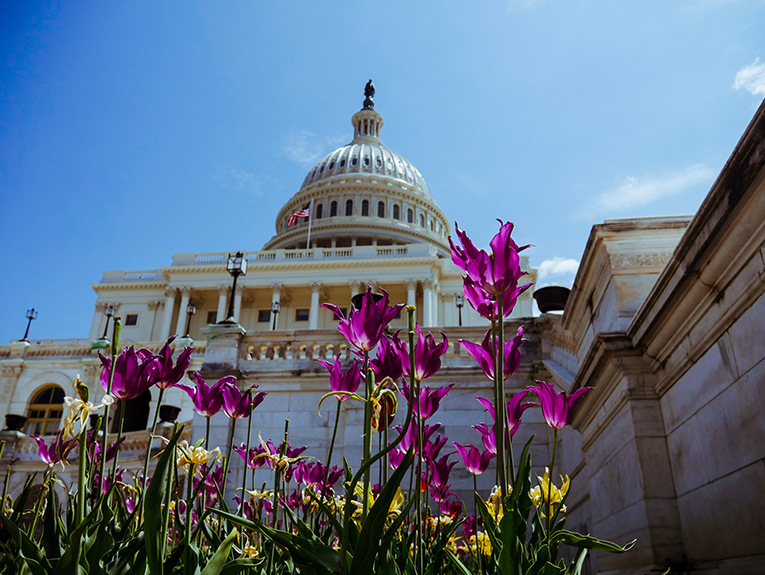On late Sunday, Senators introduced a bipartisan infrastructure bill, thus setting up for passage as soon as this week. Indeed, this bill comes after months of wrangling between participants.
Read more of our news content, here; PG&E releases Corporate Sustainability Report
About the bipartisan infrastructure bill
Indeed, and it is worth noting, the bipartisan package would include about $550 billion in new spending; particularly, on roads, bridges, airports, waterways, broadband, water systems, and the power grid.
In this sense, CNBC reported that Majority Leader Chuck Schumer aims to rush the 2,702-page legislation through the chamber; particularly, before a planned monthlong recess starting on August 9.
Thus, Schumer on Monday urged all 100 senators to agree to start the amendment process. Accordingly, he warned that the “longer it takes to finish the bill, the longer we’ll be here.”
On the other hand, however, Minority Leader Mitch McConnell signaled he is in no rush to move toward a final vote on the legislation. In this sense, he told CNBC; “Indeed, our full consideration of this bill must not be choked off by any artificial timetable that our Democratic colleagues may have penciled out for political purposes,” the Kentucky Republican said Monday.
Therefore, according to analysts, the coming days will prove pivotal for President Joe Biden’s economic agenda.
In fact, before the Senate leaves Washington, Schumer wants to pass both the $1 trillion infrastructure bill and a budget measure. Together, these would allow Democrats to approve a separate $3.5 trillion spending package; particularly, without a Republican vote.
Reception and further assessments
In this sense, Schumer told the media on Sunday night; “Given how bipartisan the bill is, and how much work has already been put in to get the details right; I believe the Senate can quickly process relevant amendments and pass this bill in a matter of days. Then, I will move the Senate along the second track of our infrastructure effort and take up the budget resolution.”
Indeed, both bills, if approved, could then take a while to get to the President’s desk. For instance, the House is not scheduled to return to Washington until September 20.
Worth noting, centrist Democrats in both chambers have concerns; particularly, about the $3.5 trillion price tag attached to their party’s bill. Similarly, some progressives contend it would not go far enough.
On the other hand, Democrats and Republicans who back the infrastructure bill say it will boost the economy. Besides, they argue it could provide a long-needed refresh to transportation and utility systems.
Lastly, and according to CNBC opinion, Democrats will first have to approve a budget resolution that starts the reconciliation process; precisely, to move on to their larger bill. Thus, it would allow a plan to pass with only the 50 members of the Democratic caucus in the Senate.
Particularly, the party aims to expand several progressive policies, for instance, to encourage the adoption of green energy. Also, to make buildings and infrastructure more resilient against climate change.


